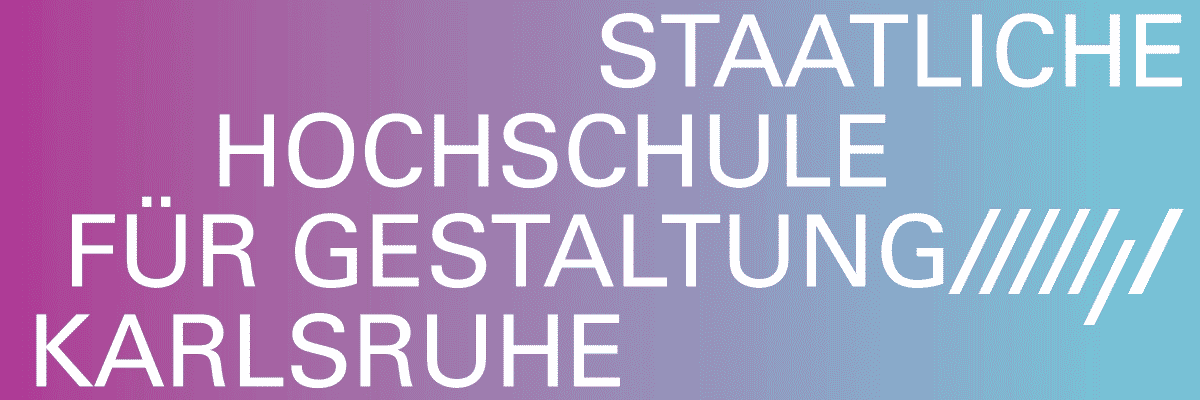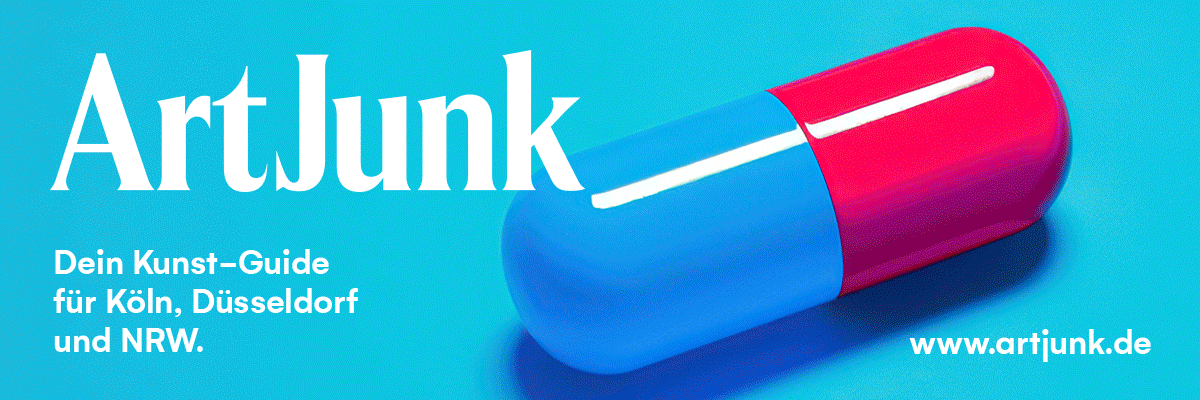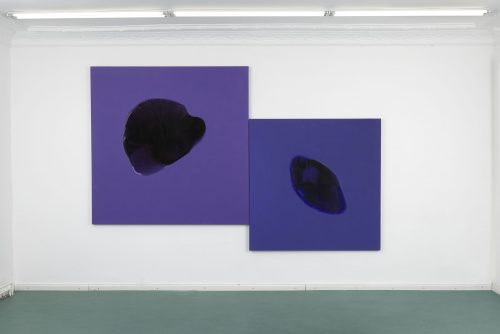
Keta Gavasheli & Andria Dolidze
Familiar Synchronicity
Project Info
- 💙 Kunstverein Siegen
- 💚 Jennifer Cierlitza
- 🖤 Keta Gavasheli & Andria Dolidze
- 💜 Jennifer Cierlitza
- 💛 Simon Vogel
Share on

Advertisement



















With Familiar Synchronicity, Keta Gavasheli (*1990 in Tbilisi) and Andria Dolidze (*1988 in Tbilisi) present their first institutional duo exhibition in Germany. Both artists live in Düsseldorf and are graduates of the Kunstakademie Düsseldorf. Their practices are closely intertwined and revolve around questions of memory, urban perception, and spatial permeability.
Keta Gavasheli works with space, sound, body, and language. Her installations, performances, and sound pieces explore transitions between the visible and the invisible, between memory and the present. Recurring motifs such as cracks, holes, or gaps open up imaginary spaces and transform memory into sensory experience. Language in her work is often dissolved, distorted, and alienated—in favor of a physical experience of sound and vibration.
Andria Dolidze creates complex systems of signs from urban materials— fragmented lettering, stickers, architectural details, and façade fragments that oscillate between deconstruction, abstraction, and layering. His works reflect the visual noise of urban space without depicting it. Instead, they generate open image structures in which memory manifests as trace and fragment.
The exhibition Familiar Synchronicity reflects the artists’ long-standing collaboration and takes the city of Siegen as a starting point for a multi-layered engagement. Urban textures, cultures of remembrance, and sonic fragments take center stage—interwoven with the specific atmosphere of the site. The central question is how past and present inscribe themselves into the material and immaterial structures of a city.
For the exhibition, Gavasheli and Dolidze developed a large-scale wall installation that covers the entire window front of the exhibition space. It acts as a membrane between inside and outside, a perceptual filter. Dolidze structured the surface with geometric and ornamental incisions referring to architectural fragments of Siegen: façades, grilles, shutters. These abstracted sign systems carry no fixed meaning but can be read as fleeting traces of urban inscriptions. Inserted into the wall are transparent cassette cases containing text fragments and drawings, reminiscent of subjective memory boxes—simultaneously containers and viewpoints onto the cityscape. Gavasheli has integrated a sound piece into this structure in collaboration with Dylan Maquet: looped, rhythmically distorted vocal recordings from past performances make the wall vibrate. Language becomes material; meaning dissolves in favor of resonance. The wall thus becomes a living archive: a junction of architectural intervention, poetic opening, and acoustic inscription. In addition to the wall installation, Gavasheli presents two video works characterized by close-ups, blurs, and optical distortions. Shot in various cities, the locations remain anonymous, the images fragmented. Visual resonances of past places emerge—ephemeral topographies of memory. The films respond to the wall like an echo: both works deal with perception as a filtered, distorted, yet sensually tangible continuum.
In the basement, small-format drawings by Dolidze are displayed behind glass— reduced, fragmentary, like embedded relics. On the upper floor, further drawings appear behind translucent foil, reminiscent of architectural coverings. This arrangement creates tension between visibility and absence. Both levels are connected by the idea of drawing as trace: not a completed image, but an open document of urban experience.
On August 10 at 4 p.m., there will be a curator's tour with Jennifer Cierlitza. The exhibition is supported by the Ministry of Culture and Science of the State of North Rhine-Westphalia.
Curated by Jennifer Cierlitza
Jennifer Cierlitza




